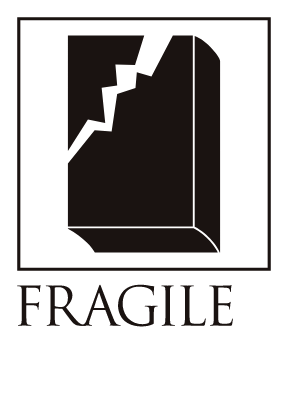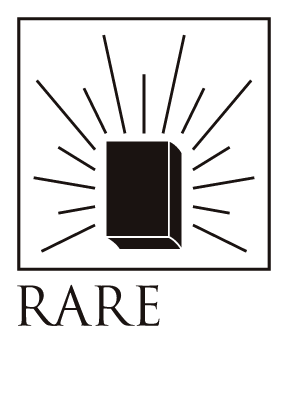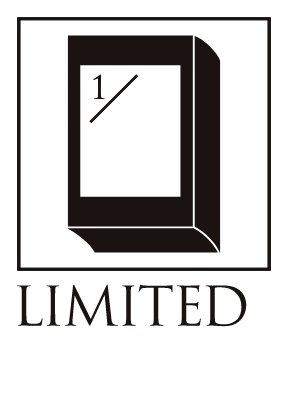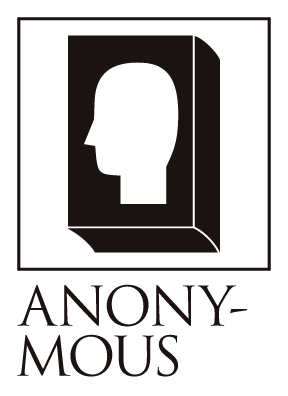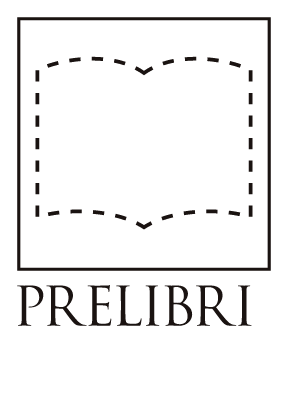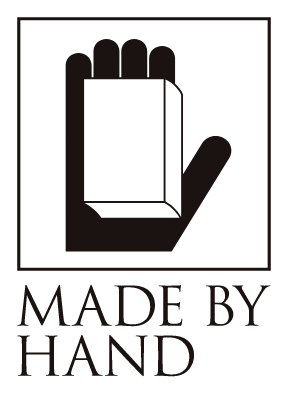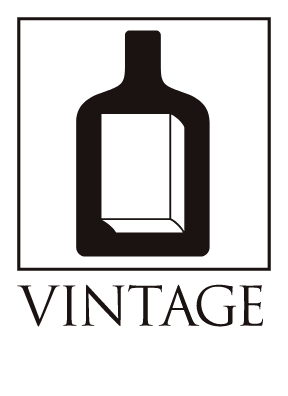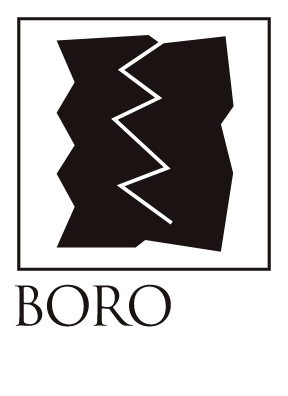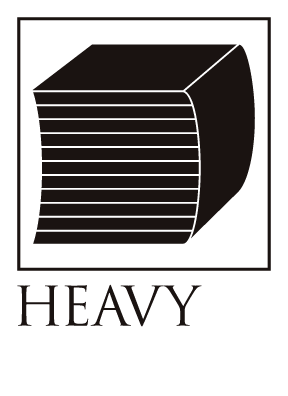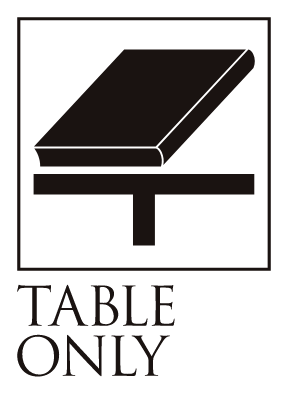GRAPHISCHER MOTIVEN SCHATZ/Jugend Stil Design Collection
Bibliographic Details
- Title
- GRAPHISCHER MOTIVEN SCHATZ
- Author
- フェルディナンド・パンバーガー/Ferdinand Pamberger、オットー・プルッチャー/ Otto Prutscher、アルフレッド・コスマン/Alfred Cossmann
- Year
- 1900年頃 / Around 1900
- Size
- h410 × w300 × d20
- Weight
- 1100g
- Language
- ドイツ語 / German
- Binding
- タトウ改装(元表紙利用)、誂え函付き
- Printing
- リトグラフ刷 / Lithograph printing
- Materials
- 紙
- Condition
- 良好 / Good
未綴じプレート23葉揃い(プレートNo.22-23は倍サイズで1葉) プレートNo.1~24に図案約90図所収・リトグラフ刷(No.22-23はオフセット)
From the rare city of art and culture, "Fin de Siècle Vienna,"
Klimt and Egon Schiele,
This collection of Jugendstil designs was born.
Today I would like to introduce "GRAPHISCHER MOTIVEN SCHATZ". Influenced by the Arts and Crafts movement that gave birth to the Kelmscott Press, this design book was published in Vienna, Austria, just like "Bijutsuumi" in order to present the design of a new era to society. The most distinctive feature of this design book is that the works included are in the Jugendstil style.
Jugendstil means "young style"GermanIt was the German-Austrian version of Art Nouveau (New Art), which developed mainly in France and Belgium. It was a design style and art movement of the late 19th century and early 20th century that shared similarities with Art Nouveau in that it was inspired by flowers, plants and other natural elements, it favored soft, curvaceous beauty evocative of the female silhouette, it sought to utilize new materials at the time such as iron and glass, it covered a wide range of fields, from crafts to graphic design and architecture, and it sought to create new decorations unconstrained by traditional styles.
The designs in "GRAPHISCHER MOTIVEN SCHATZ" can be applied not only to printed matter, but also to books, bookplates, interior decorations, ornaments, porcelain, glass, crafts, and architectural furnishings, and many more, but the forms of the designs included often represent concrete objects, and some even include text in the designs, giving the impression of a "collection of examples" that shows concrete images of how the designs can be applied. Although it is the same design collection, it is structured a little differently from free source design collections that only cut out and close up the design parts so that they can be applied to anything.
Of the three people credited as authors, Otto Purtscher was a modernist who was also involved with the Vienna Secession and was active mainly in the design of crafts and architecture. Alfred Kossmann made a name for himself early on in the world of graphic design. Ferdinand Pamberger was also well known primarily in the world of painting and graphic design. This collection of designs, which contains highly artistic works by artists representing the era, may also provide clues for understanding how the Viennese version of Art Nouveau was actually incorporated into society and life.
During the 30 to 40 years from the 1890s to the 1920s, design books were published one after another in European countries. What is surprising is the fact that these design books were also introduced to Japan almost immediately. The information gap between Japan and Europe was much closer than we might imagine in the 21st century.
In the secondhand book market, especially when the collections of companies involved in kimono design from before the war are put up for auction, foreign design books almost always appear. They are high-quality books with a high sense of style that would have been quite expensive at the time. In addition to the fact that they are often published in a portfolio as a collection of unbound plates, and because they were used when designing, in many cases the number of plates is not complete, or plates from other series are mixed in. Of course, this is not a welcome state for a secondhand book store, but these defects, which appear to have arisen from actual use, can be seen as traces of how our predecessors in Japan struggled with design and trends while engaging with the cutting edge of the world, and strangely enough, they are rather appealing.
We began purchasing European design books with incomplete plates, remembering the people who were trying, just one or half step, to close the gap with the modern trends and culture of Europe, which led the modern world.
Of the design books I had purchased in this way, I quickly tried to sort out how many I currently had on hand.
・L' Ornement des Tissus (1877, France, lithographs of classical and folk patterns from around the world)
・Fantaisies Decoratives (1887, French Art Nouveau and Japonisme design collection, lithographs)
・Le Journal de la Décoration (1900 French Art Nouveau lithograph and offset)
・Formes et couleurs (1922, France) A.H.Thomas Colored Botanical Designs (Pochoir)
・Nouvelles Compositions Decoratives (1925, France, by Serge Gracchi, Art Deco, Constructivism, Pochoir)
・Bouquets et Frondaisons (1925, France) E.A.Seggie, Botanical Designs in Color Composition (Pochoir)
There are six main types alone, with over 200 plates. Even a store like Nichigetsudo has been able to keep overseas design books on display for the past few decades, which is surely proof that so many design books had been imported into Japan since before the war.
GRAPHISCHER MOTIVEN SCHATZ is printed by lithography, except for one offset printing sheet. Many of the design books in prewar Europe were printed by lithography, pochoir, and other time-consuming techniques that are now considered printmaking, due to the lack of advanced color printing technology. In addition to printmaking, which is a printing technique with a unique texture, design books especially from after 1910 often incorporate the artistic talents of graphic designers, and overseas many of these plates are sold at high prices. Even in Japan, some people enjoy buying individual plates and framing them. Design books are now a type of original printmaking product.
Text by Masago Sato
